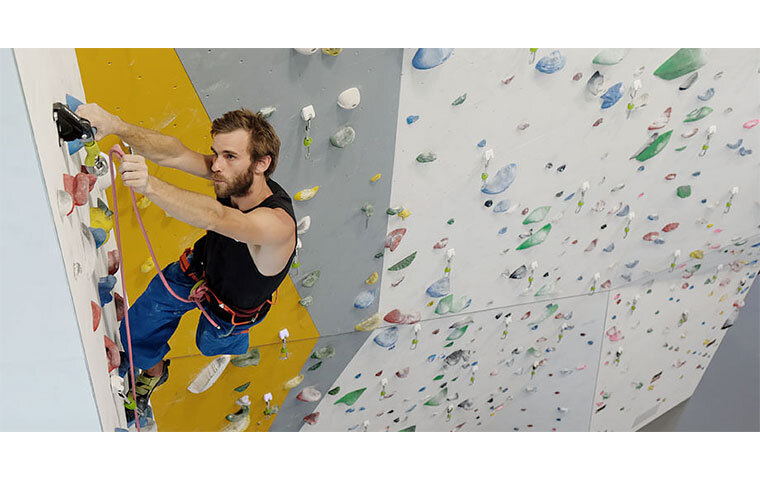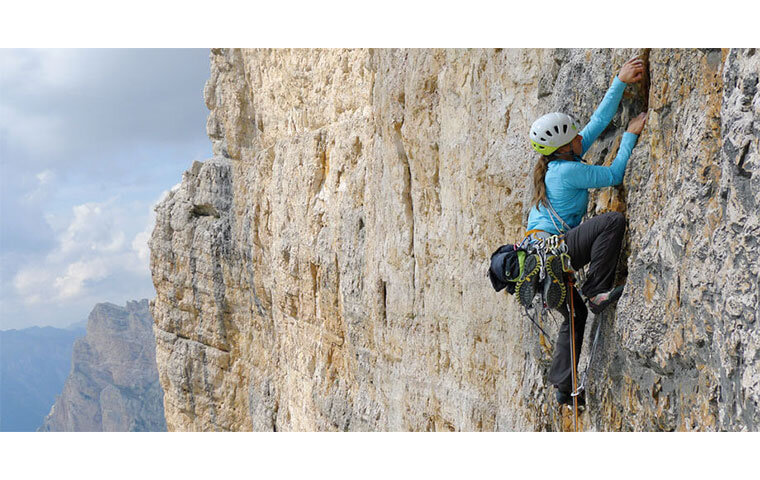Today there are more different types of climbing ropes than ever before. Selecting a new rope can be a daunting task. The secret is to be clear about what you want your rope for. Make sure you know which category of climber you fall in to. Ambitious climbers will probably need a number of ropes for different activities. Once you know what you want your climbing rope for, other criteria such as length, diameter, weight, dry treatment, etc. also have to be considered. Each style of climbing has its own, particular requirements. Being clear about what you want it for should help you to determine the most suitable type of rope.
PAULA - SPORT CLIMBING
Paula has been climbing for years and is an ambitious climber. She's travelled to sport climbing areas all over the world. What motivates her? "You only really start to get better when you push your limits." She's not afraid of taking falls and has learned how important it is to remain relaxed when climbing above the last bolt. Paula trains on a regular basis, which means that her equipment is subjected to a lot of wear. For this reason, she has a robust single rope that can take plenty of falls. She swears by EDELRID Sports Line double-braid sheath construction ropes.
Paula recently acquired an additional rope for red pointing. It's an extremely thin, 80-meter single rope. The skinny diameter makes it ideal for when she's going for it on longer sport routes.



